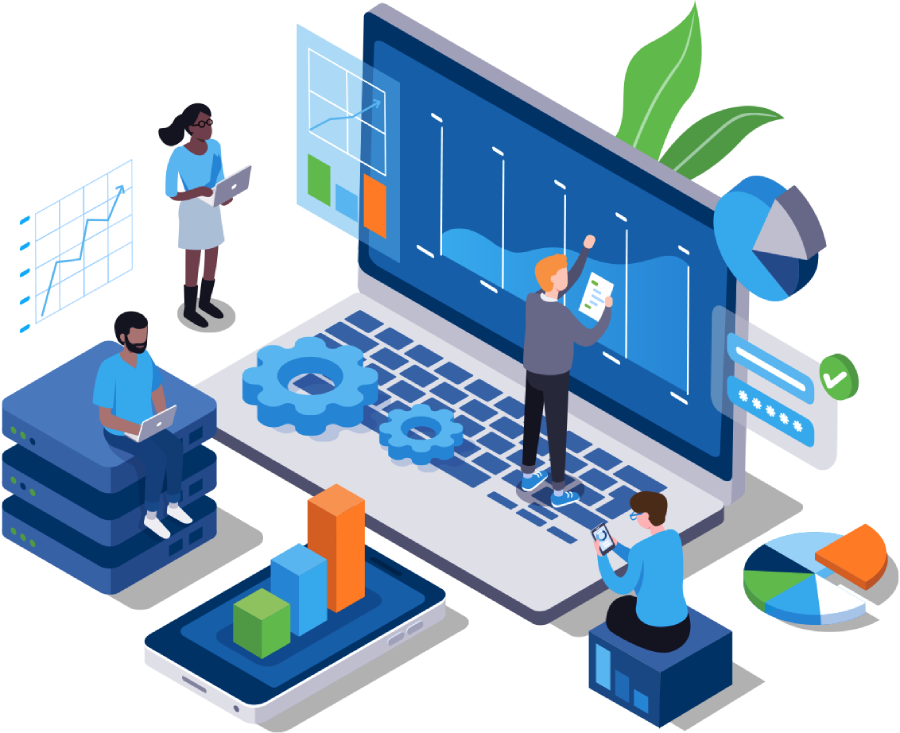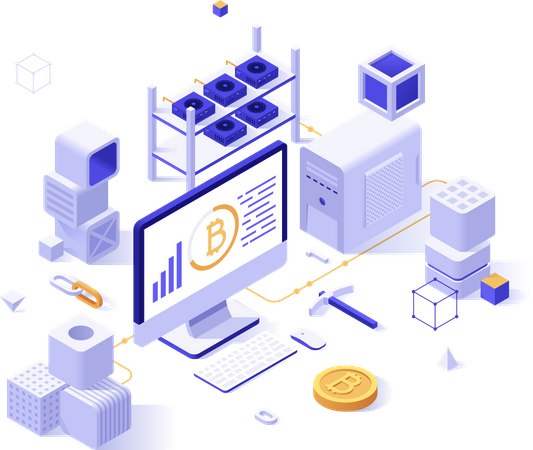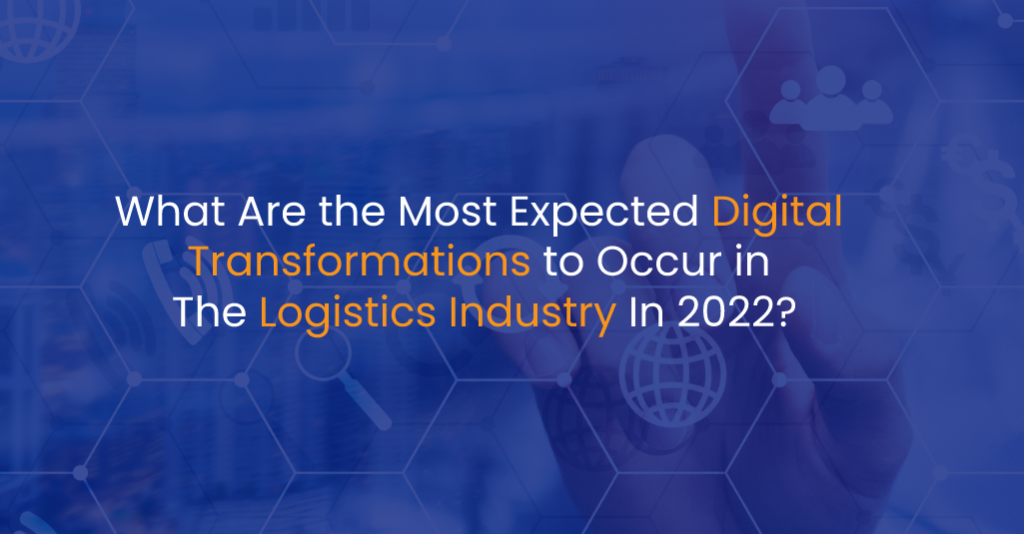The logistics business, which has been reluctant to adapt to new-age technology, is eager to jump on board.
Because of the urgency created by the Covid-19 epidemic, the process of digital transformation has accelerated throughout the corporate landscape in the previous several years. The logistics business, which has been reluctant to adapt to new-age technology, is eager to jump on board. The benefits of transitioning to digitalization are so significant that no organization can afford to ignore it, except at its peril.
In the supply chain and logistics sector, a few digital developments are expected in 2022. These technologies are intended to increase operational efficiencies while also improving the consumer experience.
Want to know more about logistics and distribution solutions in Chennai, India?
AI, ML, Data Analytics
By finding trends and projecting demand, Artificial Intelligence may be utilized to draw meaningful, actionable insights from Big Data. This can increase efficiency by reducing overproduction and surplus inventory:
Robotic Process Automation, in conjunction with AI, aids in process automation and minimizes repetitive back-office duties, freeing up personnel for vital work.
Data analytics aids in the optimization of truck routing, which is essential in logistics. Analysis of real-time traffic data aids in route planning and reduces carbon footprint.

Process mining aids in determining the fundamental cause of delays and resolving them. This is critical for logistics since the goal is to deliver goods to customers on time.
Process Automation
Robotic Process Automation is beneficial to warehouse solutions. It reduces human mistakes and increases operational efficiency. This industry is predicted to reach a mind-boggling $50 billion by 2030.
Internet of Things
The Internet of Things provides a variety of solutions to problems encountered along the supplier value chain.
Sensors at nodes can assist in tracking consignments and providing real-time information.
Many logistics organizations employ Radio Frequency Identification Technology to increase end-to-end visibility.
Blockchain Technology

Blockchain technology provides total transparency in the supply chain, allowing everyone in the chain to access information but not interfere with it. This tendency is expected to accelerate in 2022.
Investments in this industry are projected to increase as people become more aware of the numerous benefits that this technology can give.
By 2027, the global blockchain market is estimated to have grown 100 times to $163 billion.
The improved openness in the supply chain as a result of the usage of blockchain technology will result in greater carbon emission declarations from supply chain stakeholders. This will contribute to the achievement of the environmental and social components of the Sustainable Development Goals.
Cloud Computing
Cloud computing is quickly becoming the most popular technology since it allows for continuous access to data, which is crucial in the logistics business. Cloud computing lowers the cost of large server installations.
Collaboration among business partners becomes possible in the cloud thanks to data exchange in a secure environment.
A move to cloud computing can help the organization minimize its carbon impact.
Final Thoughts
The logistics industry is set to undergo a profound digital transition by 2022. Technology will enable logistics companies to deliver real-time bids, decrease paperwork by automating the back-office, track consignments in real-time, and redeploy staff to undertake more vital duties.
With e-commerce on an accelerating development trajectory, the logistics industry, which is e-lifeline, commerce’s cannot afford to ignore cutting-edge technology to stay ahead of the curve. Exciting times are coming for the logistics business as it abandons its conventional mode and transitions to current digital technology to boost efficiencies and provide a better customer experience.
iStudio Technologies offer robust financial and contact management database solutions and resource management tools, as well as IT and enterprise applications and specialized framework and application resources to streamline operations and help clients create and grow their business.



